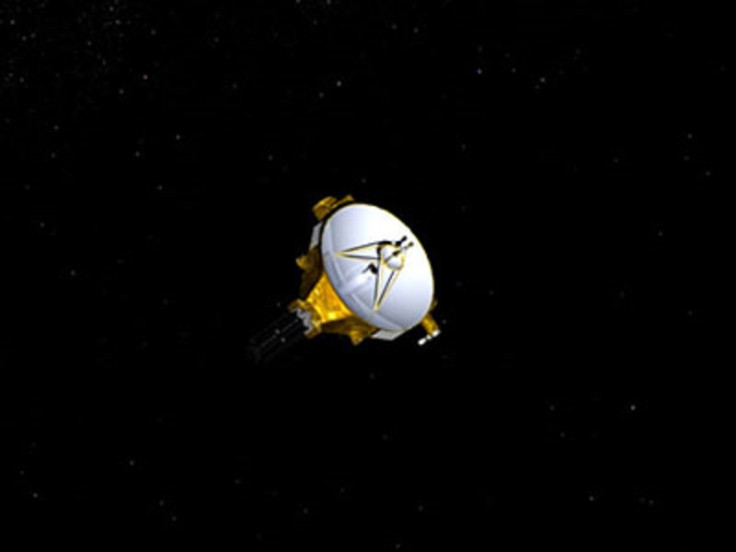Nasa's New Horizons awake after nine years and set for first exploration of solar system's backyard

After nine years and a journey of 4.8 billion km, Nasa's New Horizons probe woke up from slumber to send signals to the mission control centre at Johns Hopkins University's Applied Physics Laboratory in Maryland.
The signals were received just before 9:30pm ET, nearly four and 25 minutes after it was sent by the probe woken up by an alarm pre-set for 3pm EST.
Twitter messages from the mission control confirmed the signals.
The scientific observation of Pluto, its entourage of moons and other bodies in the solar system's frozen backyard begins on 15 January, programme managers said.
The closest approach is expected on 14 July, reports Reuters.
Besides taking pictures of Pluto and its five moons, scientists are expecting the probe to throw new light on the dwarf planet and the region around which are among the few, unexplored regions of the solar system.
"It's hard to underestimate the evolution that's taking place in our view of the architecture and content of our solar system as a result of the discovery ... of the Kuiper Belt," lead researcher Alan Stern said.
Since its launch in 2006, New Horizons has been spending about two-thirds of the time in hibernation to save on operational costs and power. But it has been sending weekly signals to let the mission team know it is not dead.
Pluto lies in the Kuiper Belt, a region of icy mini-planets orbiting the sun beyond Neptune that are believed to be leftovers from the formation of the solar system some 4.6 billion years ago.
It was in 1992 that astronomers first decided to reconsider Pluto's status as a planet after realising that it was not alone in the far reaches of the solar system.
In 2006, with New Horizons already on its way, Pluto was removed from the planetary status and titled a dwarf planet, of which more than 1,000 have since been discovered in the Kuiper Belt.
© Copyright IBTimes 2025. All rights reserved.





















